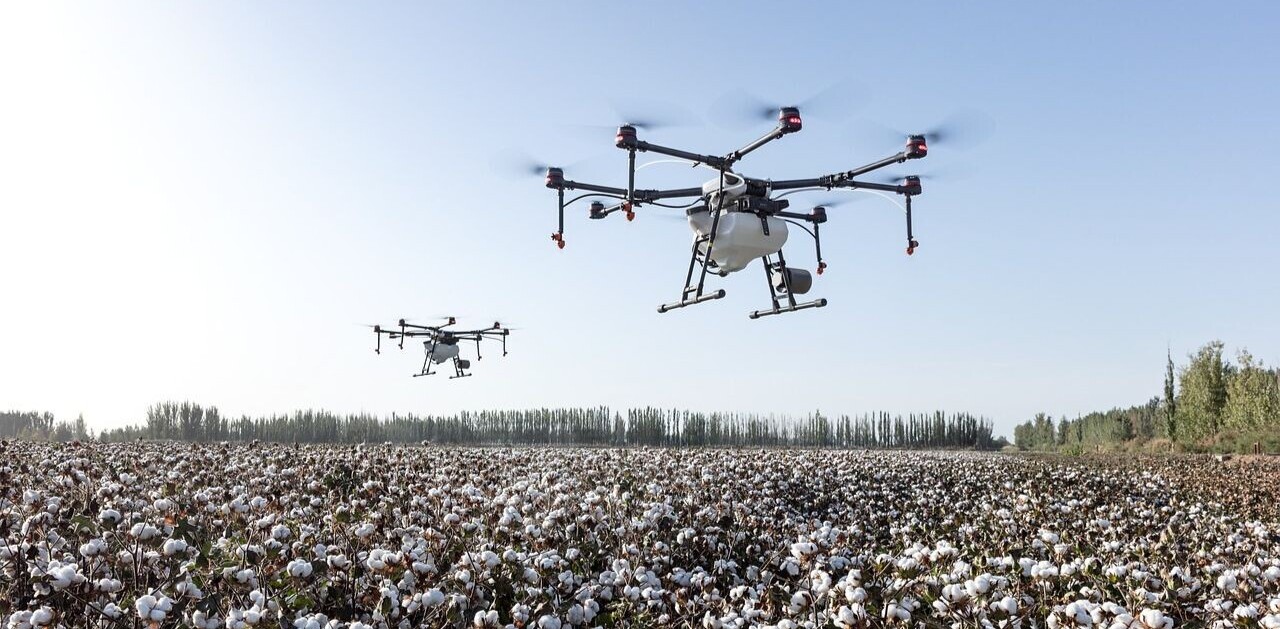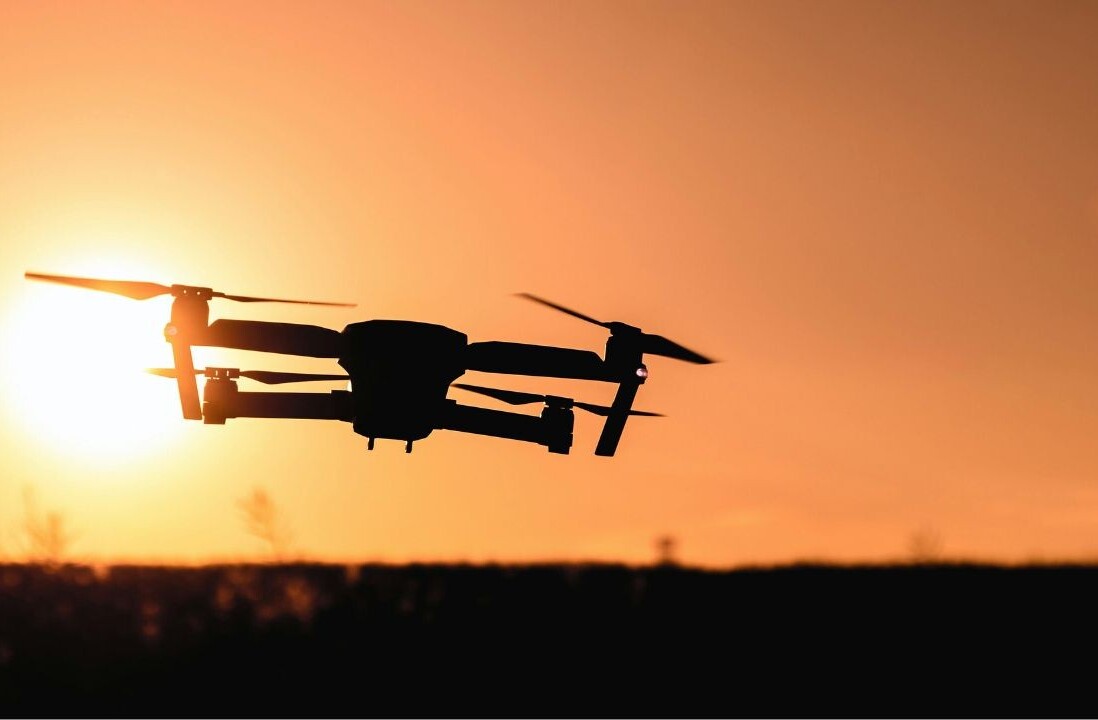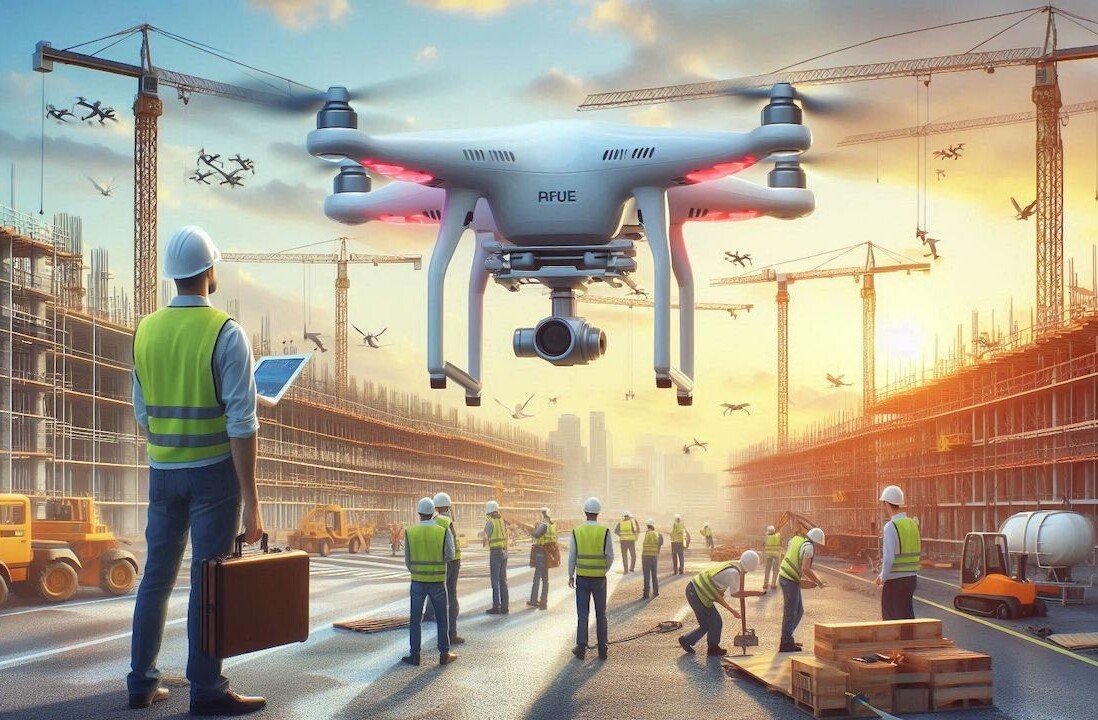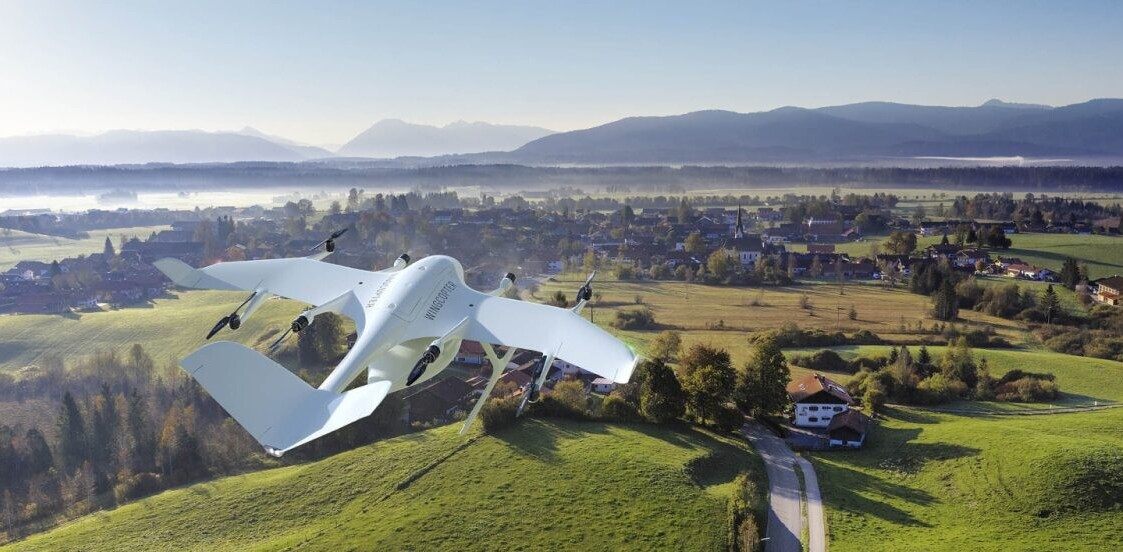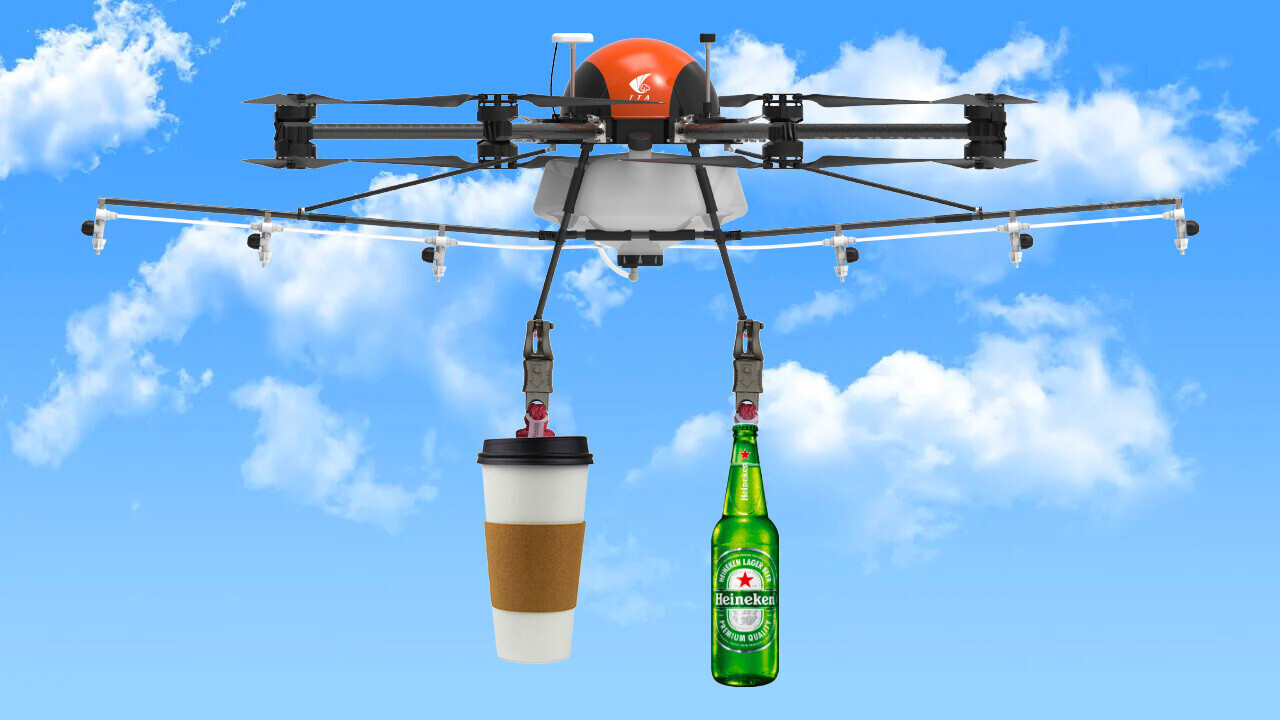
Mobility pundits have promised us a future where drones would seamlessly deliver goods to our doors. Most of us are still waiting.
The logic of drone delivery is to provide a sustainable option for last-mile shipping. Rather than a singledriver dropping off packages at dozens of homes, separate drones can simultaneously transport goods.
But has the trend evolved beyond the hype? And when can we expect actual drone delivery?
Amazon’s history of drones

Perhaps the best-known investor in the tech is Amazon. The company announced an experimental drone delivery service with great fanfare as part of a 60 Minutes feature in 2013.
It promised packages delivered to your doorstep by a drone that lands, drops your parcel, and flies away — meaning no judgemental looks from the delivery drivers for ordering M&Ms and gin again.
But it’s been slow going.
Alphabet subsidiary Wing and Flytrex have long overtaken Amazon.
In August 2020, Amazon Prime Air received the Federal Aviation Administration’s permission to conduct drone operations.
But in 2021, Wired painted a dire picture of drone life at Amazon in the UK:
“It was a Monday, and it was about 11 am or 12 pm, and this guy just had this open can of Stella,” explains one former employee. “He took it out of a fridge and popped it open at his desk.” Another describes an employee pinning down the ‘approve’ button on their computer so that all the frames of footage were approved regardless of whether there were hazards in them or not.
The article detailed over 100 job losses at Amazon Prime Air — and even more as the company shuttered part of its UK operations.
Despite regulatory clearance and the ability to conduct test flights in Britain since 2016, the company has yet to deliver a fleet of working drones. In the US, the company is still in the experimental phase.
Amazon drones have failed. But there are a lot more companies in the space who want to fly to you.
How many drone deliveries are actually happening?
More than you’d think. According to McKinsey & Co, there have been over 660,000 commercial drone deliveries to customers over the past three years, not including the countless test flights to develop and prove the technology.
They estimate that more than 2,000 drone deliveries are occurring each day across the world. On top of this, they predict there will be close to 1.5 million deliveries in 2022 as a whole, up from just under half a million in 2021.
Let’s take a look at some of the key players:
Flytrex (Israel)

Established in Israel, Flytrex launched the world’s first fully operational, regulatory approved, and on-demand drone delivery service in Reykjavik, Iceland, in 2017.
The company participated in the Federal Aviation Authorities‘ (FAA’s) Drone Pilot Program, partnering with North Carolina’s Department of Transportation and taking on the challenge to establish the first drone-based delivery service in the United States.
Flytrex currently offers five-minute grocery and food deliveries in parts of North Carolina, with a 3kg (6.6 lb) weight limit and an 8km (five-mile) round trip.
Wing Aviation (Australia, US, Norway)
Wing Aviation was approved to operate ongoing drone grocery and restaurant deliveries in North Canberra (ACT) and Logan (QLD) in Australia.
In 2021, Wing completed just over 100,000 drone deliveries in Australia. In the first two months of 2022, they surpassed 30,000. Recently the company made more than 1,000 deliveries in a single day (that’s a delivery every 25 seconds).
Manna (Ireland)
Manna offers three-minute drone deliveries for groceries in Ireland, doing 2,000 to 3,000 flights daily in Balbriggan, CountyDublin.
ANRA (India)
In India, ANRA Technologies and food delivery company Swiggy finished a pilot in August 2021 of Beyond Visual Line of Sight (BVLOS) drone delivery operations in the Etah and Rupnagar districts.
What are the downsides to drone deliveries?
According to Mohammad Didarul Alam — a Ph.D. candidate in the Department of Mechanical and Materials Engineering at Florida International University — drone mainstreaming has been curtailed by complex flying mechanisms, poor lifting capacity, and safety compromises.
He explained:
The rotor-driven drone can lift a small load (for example, the Amazon Prime Air) with a 16 to 24km (10 to 15 miles) flying range. However, if the weight is even more than 2.26kg (five pounds), the flying range is drastically reduced to 3.2 to 4.8km (two to three miles) — which cannot be a viable delivery system. The only way to improve its capability is to increase the number of rotors in the drone.
However, increasing the number of rotors will imbalance the drone, making it difficult — if not impossible — to control. So there’s still a lot of R&D to be ironed out.
Besides the logistical challenges in rolling out and scaling these delivery businesses, there are other problems.
For example, the impact of drones on birds and animals is unknown. In 2015, two eagles mistook a drone for food in Austria — and similar incidents are bound to keep occurring.
Video-equipped drones also raise privacy questions. No one wants to be filmed in their backyard and through windows. Cameras are deployed for safety reasons. However, it’s unclear how many companies record these flights, and what they do with the footage.
Sound is another issue. Residents complained about the noise of Wing delivery drones to ABC News in 2018, with one local saying, “With the windows closed, even with double glazing, you can hear the drones,”
Research finds that drones are more sustainable than road delivery, although they can increase the number of goods warehouses, which require light, heating, and have other energy concerns.
Do we really need delivery drones?
In 2013 when Amazon was hyping their drones, there was little (if any) on-demand delivery in most places.
Even here in Berlin, supermarkets now do next-day delivery. I also have the choice of at least five services that will deliver groceries to me in about 10 minutes. Online retailers like Amazon often have next day or day after delivery. And, in some places, on-the-ground delivery robots are a thing.
Combined, this paints a crowded delivery picture.
The biggest differentiator to most customers is price and speed. For many apartment dwellers, drone delivery is less appealing, as there’s no one to walk your delivery up four flights of stairs. Amazon’s promise of 30 minutes or less drone deliveries just doesn’t seem all that exciting.
Furthermore, drones may remove the problems experienced by drivers and riders, but not necessarily lead to a better experience for warehouse staff — or even the people receiving packages.
Overall, it’s hard to predict if (or when) delivery drones will ever go mainstream.
They make a lot of sense, especially in rugged areas which are hard to reach by ground transport. Their speed and airborne status give them huge green cred.
However, they are unlikely to replace other last-mile delivery services, especially in urban areas where they’re most likely to successfully coexist with ebikes and delivery bots.
Now, much like is the case for any new tech, we just need to go from disparate use cases in geofenced areas to the mainstream. Drone deliveries will happen — the question is how quickly business cases are tightened to enable them.
Get the TNW newsletter
Get the most important tech news in your inbox each week.

